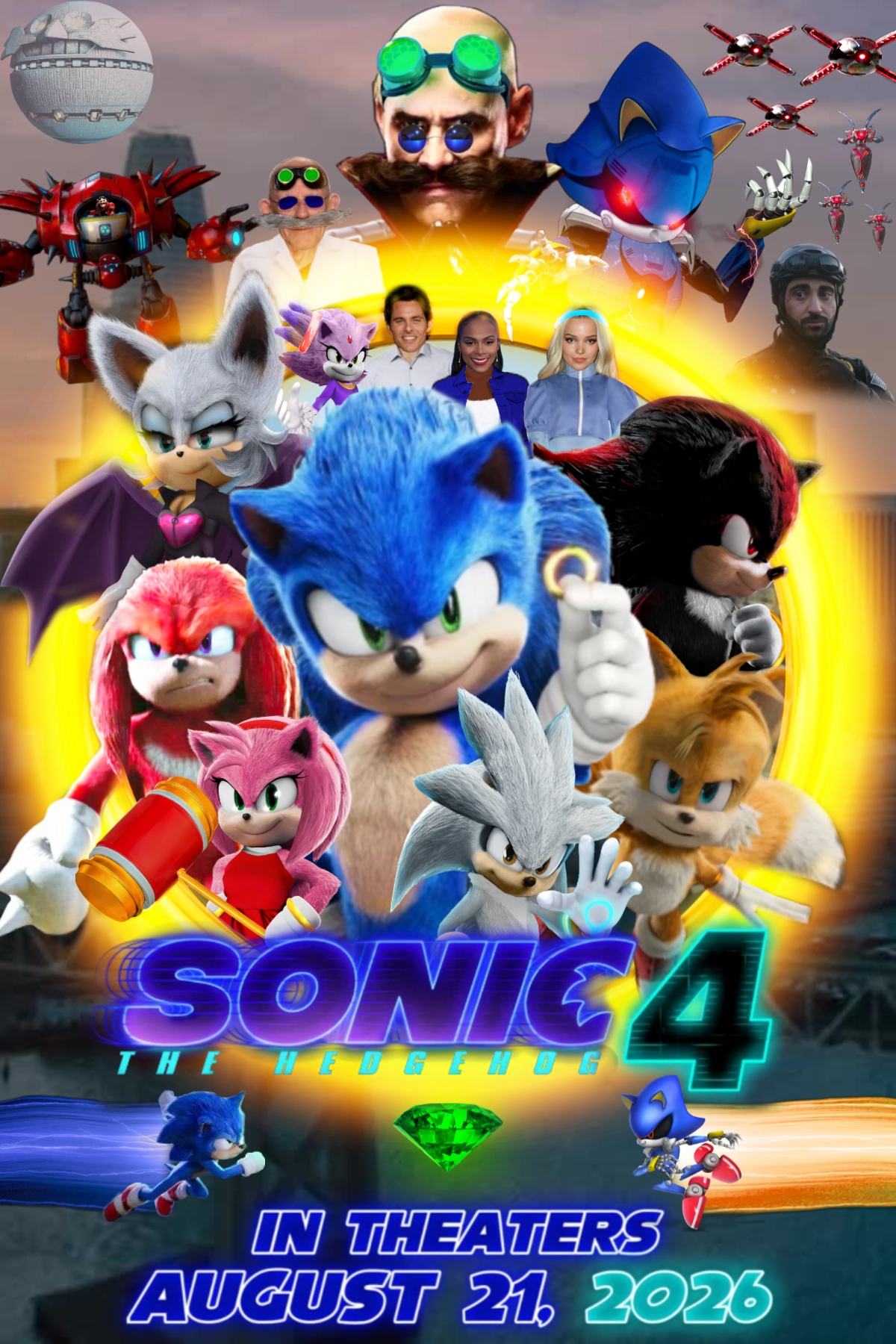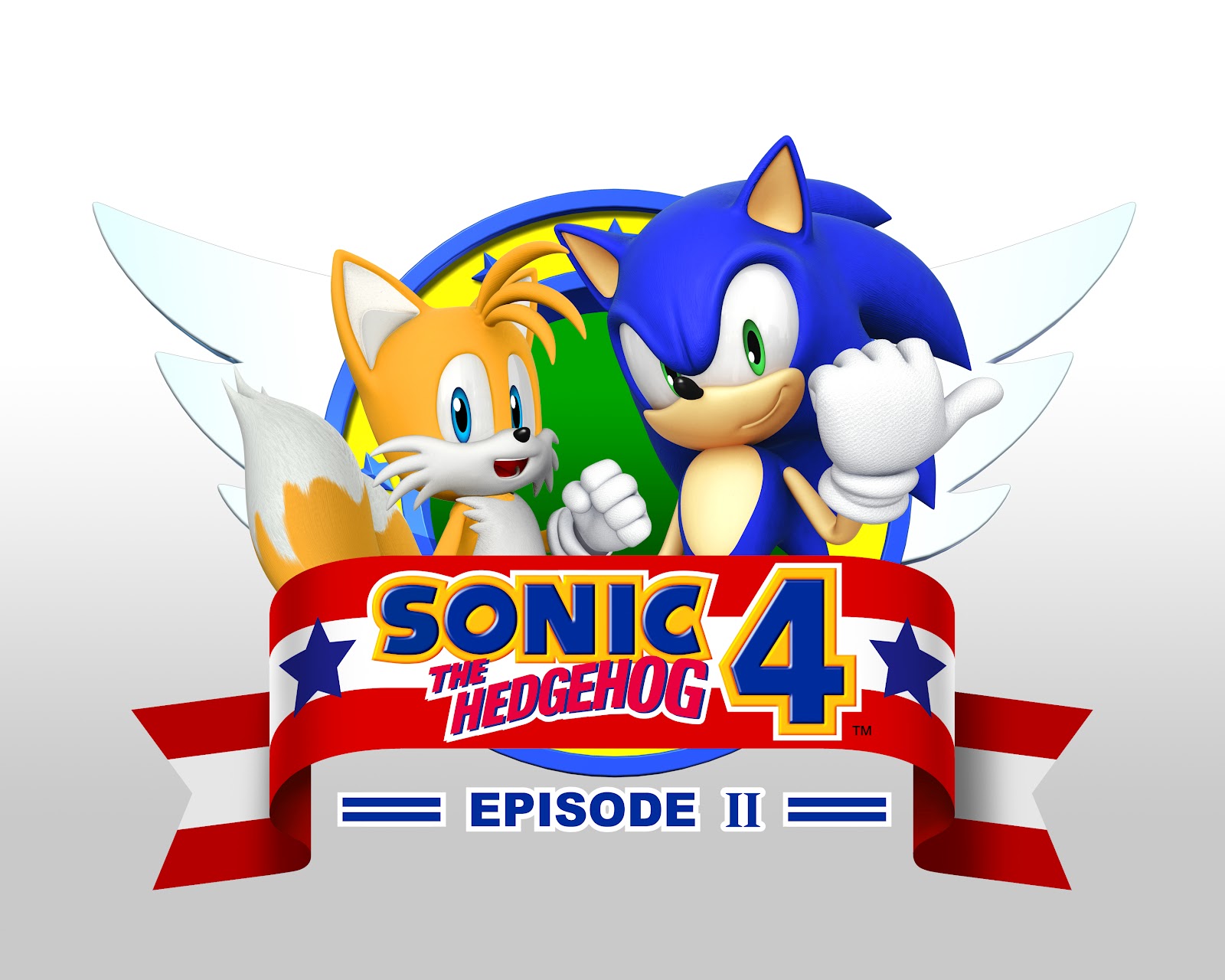Revitalizing a Classic: How Sonic The Hedgehog 4 Liberated the Franchise from Its Original Pace for a New Speed
The world of gaming has seen its fair share of iconic characters, but few have endured as long as Sonic the Hedgehog. Created by Yuji Naka and Naoto Ohshima and released in 1991 by Sega, Sonic was more than just a blue blur on the screen; he was a symbol of gaming's 16-bit heyday. However, over the years, the franchise has struggled to maintain its original pace, with several games failing to recapture the magic of the classic platformers. That all changed with the release of Sonic the Hedgehog 4: Chaos Rush and its sequel, Sonic Lost World. With its innovative gameplay mechanics and commitment to speed, Sonic 4 not only revitalized the franchise but also set a new standard for 3D platformers.
A New Era for Sonic
The release of Sonic the Hedgehog 4 marked a significant turning point for the franchise. Developed by Christian Whitehead and Chris Geiger, two die-hard Sonic fans who took it upon themselves to create a new game that stayed true to the spirit of the original. The game's developers drew inspiration from the classic platformers, incorporating elements such as precise jumping, challenging level design, and a cast of colorful characters. This renewed focus on speed and gameplay mechanics helped to reinvigorate the franchise, introducing a new generation of gamers to the series while still satisfying long-time fans.
Speed and Challenge: The Cornerstones of Sonic 4
At the heart of Sonic 4's success lies its emphasis on speed and challenge. Unlike many modern platformers that focus on exploration and optional collectibles, Sonic 4 is a game that rewards players for mastering its fast-paced gameplay. The levels are carefully designed to test the player's reflexes and timing, with obstacles and enemies that demand quick thinking and precise execution. The addition of new mechanics, such as the Super Peel-Out and Spin Dash, adds an extra layer of complexity and strategy to the game, making it a true test of skill.
• A return to form: Sonic 4's focus on speed and challenge serves as a reminder of what made the original Sonic games so great.
• Innovative gameplay mechanics: The game's new mechanics, such as the Super Peel-Out and Spin Dash, add a fresh layer of depth to the gameplay.
• Challenging level design: The levels are carefully designed to test the player's reflexes and timing, making it a true test of skill.
A Change of Pace: Sonic Lost World's Evolution
While Sonic 4 set the stage for a new era in Sonic gaming, its sequel, Sonic Lost World, took things to the next level. Developed by Christian Whitehead, Chris Geiger, and Tom Cazel, the game built upon the success of its predecessor, introducing new gameplay mechanics and features that further refined the series' signature style. One of the standout features of Lost World is its innovative use of real-time physics, which allows players to manipulate the environment in new and creative ways. This shift in gameplay style marked a significant departure from the traditional Sonic formula, opening up new possibilities for the series.
Real-Time Physics: A New Frontier for Sonic
Sonic Lost World's use of real-time physics is a masterclass in game design. By incorporating this new mechanic, the game's developers were able to create a sense of unpredictability and realism that was previously unseen in the series. Players are no longer simply mashing buttons to overcome obstacles, but instead must use their wits and reflexes to manipulate the environment and solve puzzles. This new approach not only added a fresh layer of complexity to the gameplay but also provided a sense of depth and immersion that was previously lacking in the series.
Evolution of the Classic Sonic Formula
While Sonic Lost World departed from the traditional Sonic formula, it never strayed too far from its roots. The game's focus on speed and challenge remained, and the addition of new mechanics and features only served to enhance the series' signature style. The game's levels, designed by the same team that crafted Sonic 4, were expertly crafted to test the player's skills, with clever use of terrain and environmental hazards to keep players on their toes. Overall, Lost World's evolution of the classic Sonic formula is a testament to the series' enduring appeal and its ability to adapt to changing times.
A New Speed for the Future
The release of Sonic the Hedgehog 4 and Sonic Lost World marked a new era for the franchise, one that was built on a foundation of speed, challenge, and innovation. As the gaming industry continues to evolve, it will be interesting to see how the Sonic franchise adapts to the changing landscape. With its focus on 3D platforming and innovative gameplay mechanics, Sonic is well-positioned to remain a major player in the gaming world. Whether you're a die-hard Sonic fan or just looking for a new challenge, the series has something to offer.
Conclusion
Sonic the Hedgehog 4: Chaos Rush and its sequel, Sonic Lost World, marked a significant turning point for the franchise. By focusing on speed and challenge, the game's developers were able to create a sense of excitement and urgency that was previously lacking in the series. With its innovative gameplay mechanics, beautiful graphics, and classic Sonic charm, Sonic Lost World is a must-play for fans of the series and newcomers alike. As the gaming industry continues to evolve, it will be interesting to see how the Sonic franchise adapts to the changing landscape, but for now, the series remains a beloved and iconic part of gaming history.
Recommended Games
If you're looking for more games like Sonic the Hedgehog 4 and Sonic Lost World, here are a few recommendations:
- Sonic Mania: A side-scrolling platformer
Loving Auntic Free
Hisashi Ouchi Real Hospital Po
Who Isavid Muir Married To
Article Recommendations
- Hisashi Real Pos
- Brad Pitt Height In Feet
- Aaron Hernandezaughter 2024
- The Prophecy Taylorwift
- Sophie Rain Fansd
- Mikaylah
- Now Gg Robl
- Kaitlan Collins Husband Nationality
- Liam Payne Personal Assistant
- Brandon Biggs



